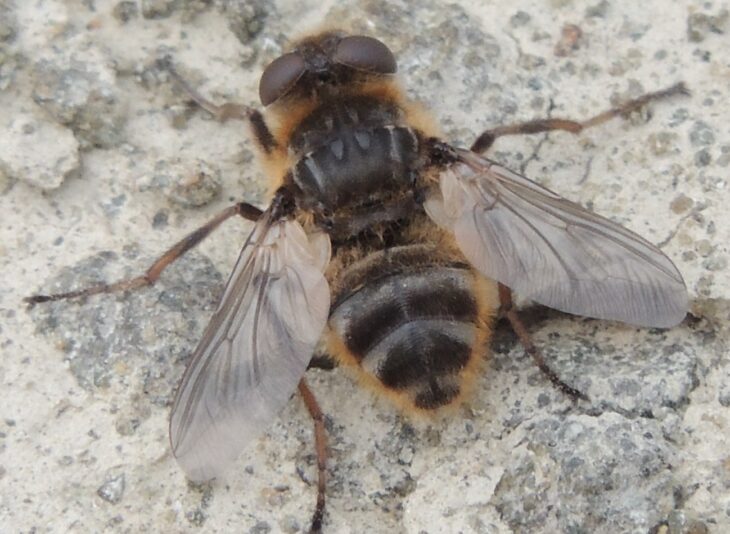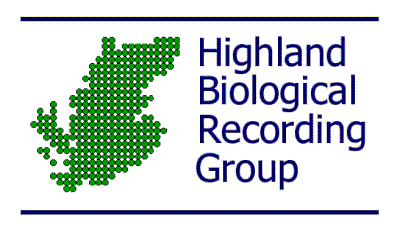About us
Recorders, deer-stalkers and apiarists
Recorders, deer-stalkers and apiarists:
How specialist communities can help recorders access information on under-represented species

Understanding the distribution and status of some species in Scotland is challenging due to a lack of information. This can be a result of a dearth of recorders for certain groups of species or in specific regions of the country. One approach in improving our understanding of lesser-known species is for recorders to engage with specialist communities who encounter such species outside of biological recording.
This method has been employed by Murdo Macdonald, an entomologist and database manager for the Highland Biological Recording Group (HBRG). In two recent papers for the Dipterists Digest journal, Murdo outlined the role that non-typical recording communities can play in sharing data and expanding the knowledge of specialist insect species.
Hypoderma diana, or the Deer Warble-fly is a parasitic fly that is found only in the north of Scotland, and whose primary host species are Red Deer and Roe Deer. Adult flies have historically been under-recorded by entomologists, in part due to a lack of experienced recorders in the region they occur. This led to the species being regarded as rare and potentially declining in Scotland. However, recent efforts to gather reports of fly larvae on deer carcases from the deer stalker and gamekeeper community show that this species has been widely overlooked. Reports from this community indicate that the fly commonly occurs in association with Red Deer over its range, and is therefore unlikely to be of conservation concern [1].
Utilising evidence from the deer stalking, veterinary or farming communities could therefore be important for understanding other parasitic species. As this work shows, improving access to records which do not currently reach existing biodiversity databases could help inform our understanding of not only wildlife, but issues affecting other sectors in Scotland, such as agriculture.
Another specialist community – apiarists, have recently helped shed light on the status of a declining insect species, the Bee-louse Braula coeca. The Bee-louse lives alongside honey bees, with both larvae and adults feeding on food from the comb or the honey bees, but are considered harmless to the bees themselves. Due to pesticide treatments of hives to control the parasitic Varroa mite, the Bee-louse has suffered major declines in the UK. More recent Bee-louse records from apiarists in Scotland have identified populations on a number of islands, including Mainland Shetland, Raasay and Islay, which also remain free of Varroa [2]. Its most important refuge is the Colonsay Black Bee Reserve from where colonies with Bee-louse are passed to bee-keepers elsewhere in the country [3].
This work again highlights the value of engaging with communities typically outside of biological recording. In this case, information about an endangered insect interacts with issues facing commercial bee-keeping and management of parasites. This flags the need for ongoing communication between apiarists and entomologists when thinking about management or conservation of the species involved.
“In retrospect, it is so obvious that the people who know most about parasites of deer are those who work with deer, not specialist entomologists. I found working with gamekeepers and game dealers very rewarding, and they were very pleased to be able to contribute to the research. Likewise, the affection with which so many bee-keepers regarded the Bee-louse was so important in highlighting the status of this very interesting and threatened species.” – Murdo Macdonald
This biodiversity data story was shared by Highland Biological Recording Group with the Better Biodiversity Data project, led and managed by the NBN Trust and supported by NatureScot and The Scottish Government.
[1] Macdonald, M. 2022. Hypoderma diana Brauer (Diptera, Oestridae) in Scotland. Dipterists Digest 29: 211-220.
[2] Macdonald, M. 2023. The bee-louse Braula (Diptera, Braulidae) in Scotland. Dipterists Digest 30: 34-42.

